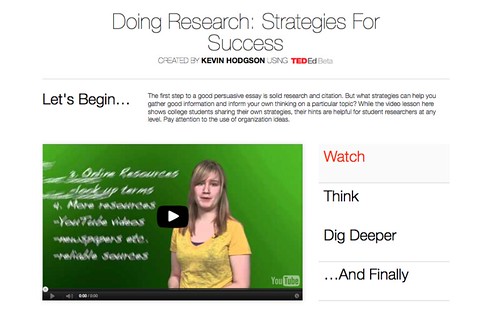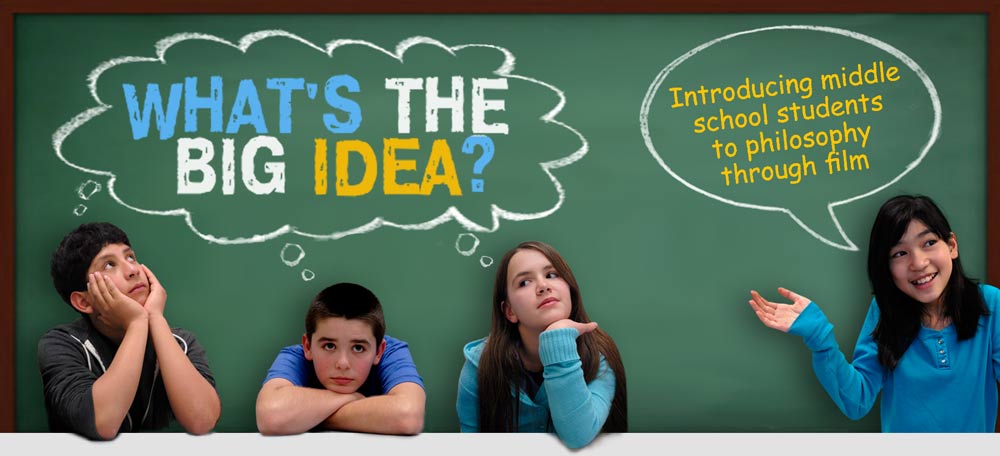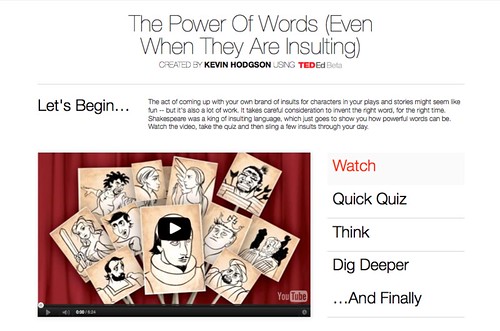Sometimes, there is a bit of serendipity to my reading. The other day, I noticed that Troy Hicks and Bud Hunt (my friends from the National Writing Project) were hosting the Twitter-based #Engchat with Sara Kjader (another friend). I had not really meant to have enough time to jump into the conversation, but in a short stretch before reading to my son before bed, I watched the stream of chats about digital literacy and added a few ideas, too. I then left the conversation.
The next day, I decided to check out the #Engchat hashtag and saw a note from Troy, thanking NCTE for allowing access to an article in English Journal that the three of them, plus Carl Young (another friend from the Massachusetts New Literacies Project), had published, entitled “Same as It Ever Was: Enacting the Promise of Teaching, Writing and New Media.” I was hooked first by the reference to the Talking Heads (see how important a title can be?) but then got intrigued by the article, in which the four of them scoured through the English Journal archives to determine whether mentions of Digital Literacy and Media had represented teachers moving ideas into practice in the classroom.
Well, they found a good number of references to digital work and influence of media and technology on the lives of young writers, but not nearly enough articles about teachers actually using technology with their students. In other words, educators were noticing the shifts, but not necessarily taking part in it. And I would argue that still continues to this day, although I do believe that is slowly changing.
Sara, Bud, Troy and Carl noticed some themes of writers as they were doing their indepth reading of English Journal articles:
- There was an understanding that all students can write and should be encouraged to be published writers;
- Technology, if used purposefully, could influence, support and extend writing practices;
- But, not much has changed in the English classroom over the past 100 years.
“… yet EJ writers seem continually to look to the future for the answers to questions raised about bringing new tools and possibilities into the classroom. They assume change would emerge down the road, perhaps when technology becomes more ubiquitous, or at the dawn of the 21st Century.” (70)
In other words, they were not becoming the change they want to be, in the words of a famous bumper sticker. They were stuck in what the writers call “the paradox of promise and practice.”
I appreciated the writers’ deeper look at the literature in this very influential journal, and also appreciate that some teachers are contrained by a variety of factors: budgets, access, lack of professional development, and uncertainty about where technology might lead them. These are all valid concerns …. and yet … and yet, our students are moving into such a rapidly changing world where critical thinking skills, connectiveness, and fluid, adaptable technology abilities will be in high demand. We can’t keep writing about the possibilities, we need to make those possibilities happen for our students.
Carl, Bud, Troy and Sara leave us with a call for teachers to “not be afraid” of those possibilities, and urged us to “…fully embrace the playground of words and texts and ideas and the tools available to create and share them as our domain as language artists.” (73). This is your time, not tomorrow.
Peace (in the sharing),
Kevin
PS — I believe the article is still available for free. Here is the link that Troy tweeted: http://t.co/VmcJZhY7








